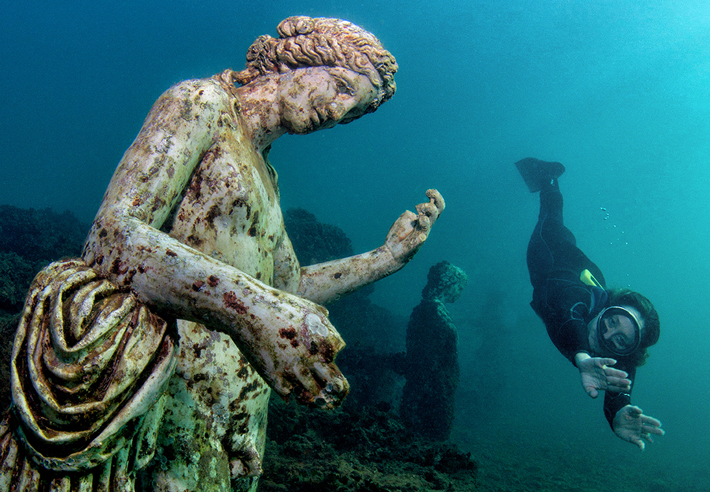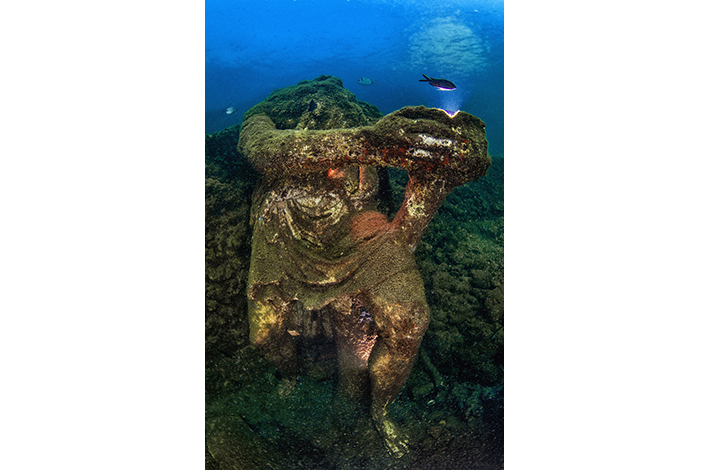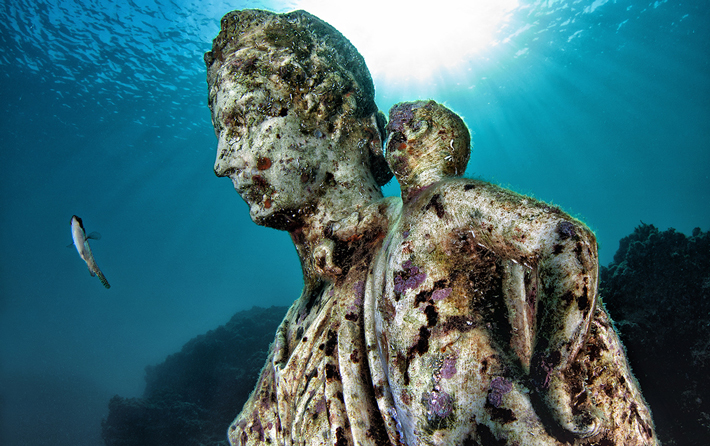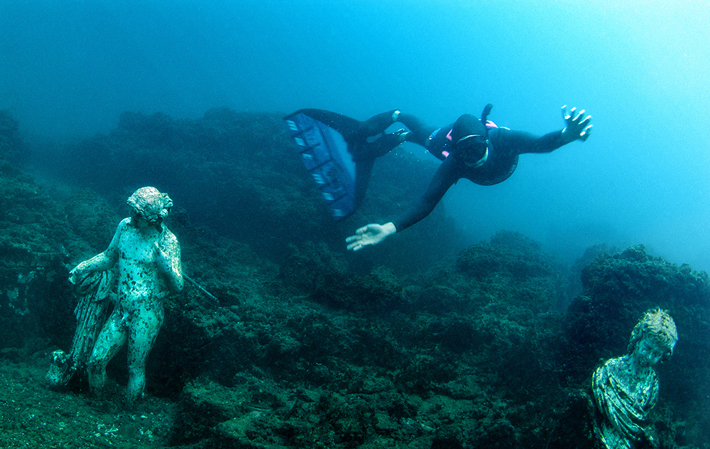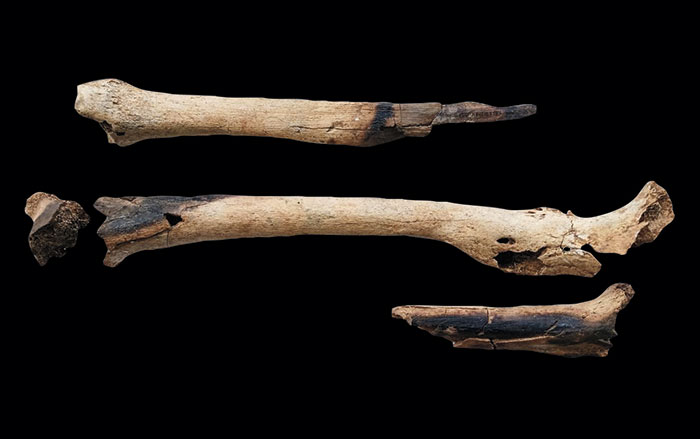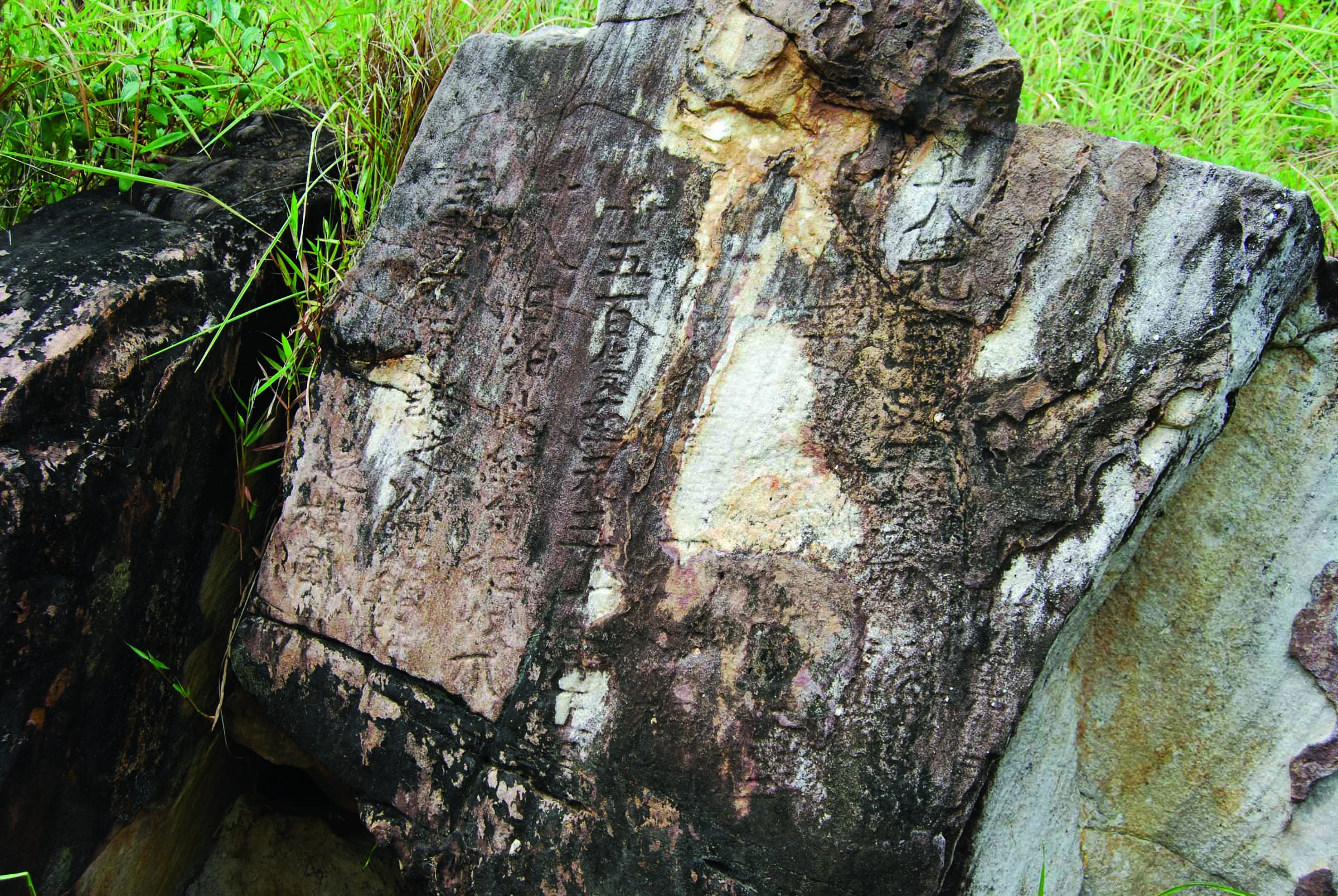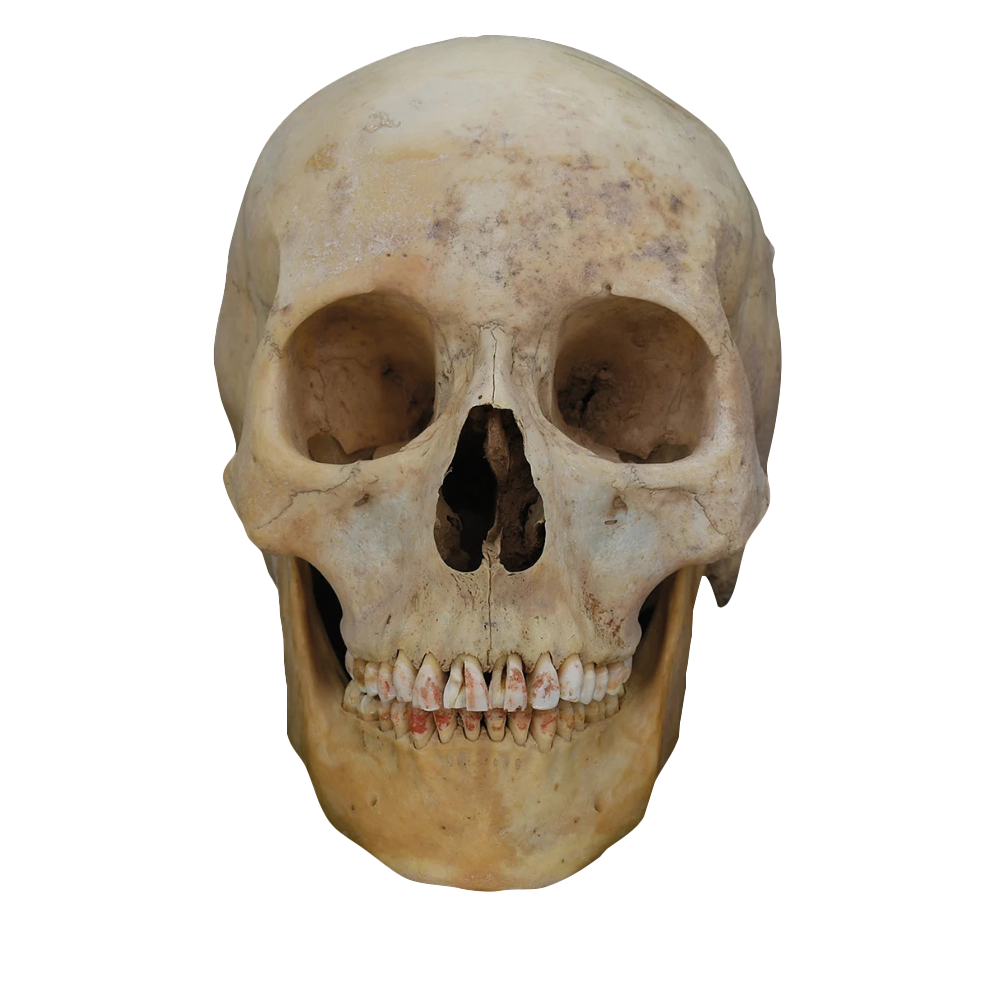Features From the Issue
-
Features
Peru's Great Urban Experiment
A millennium ago, the Chimú built a new way of life in the vast city of Chan Chan
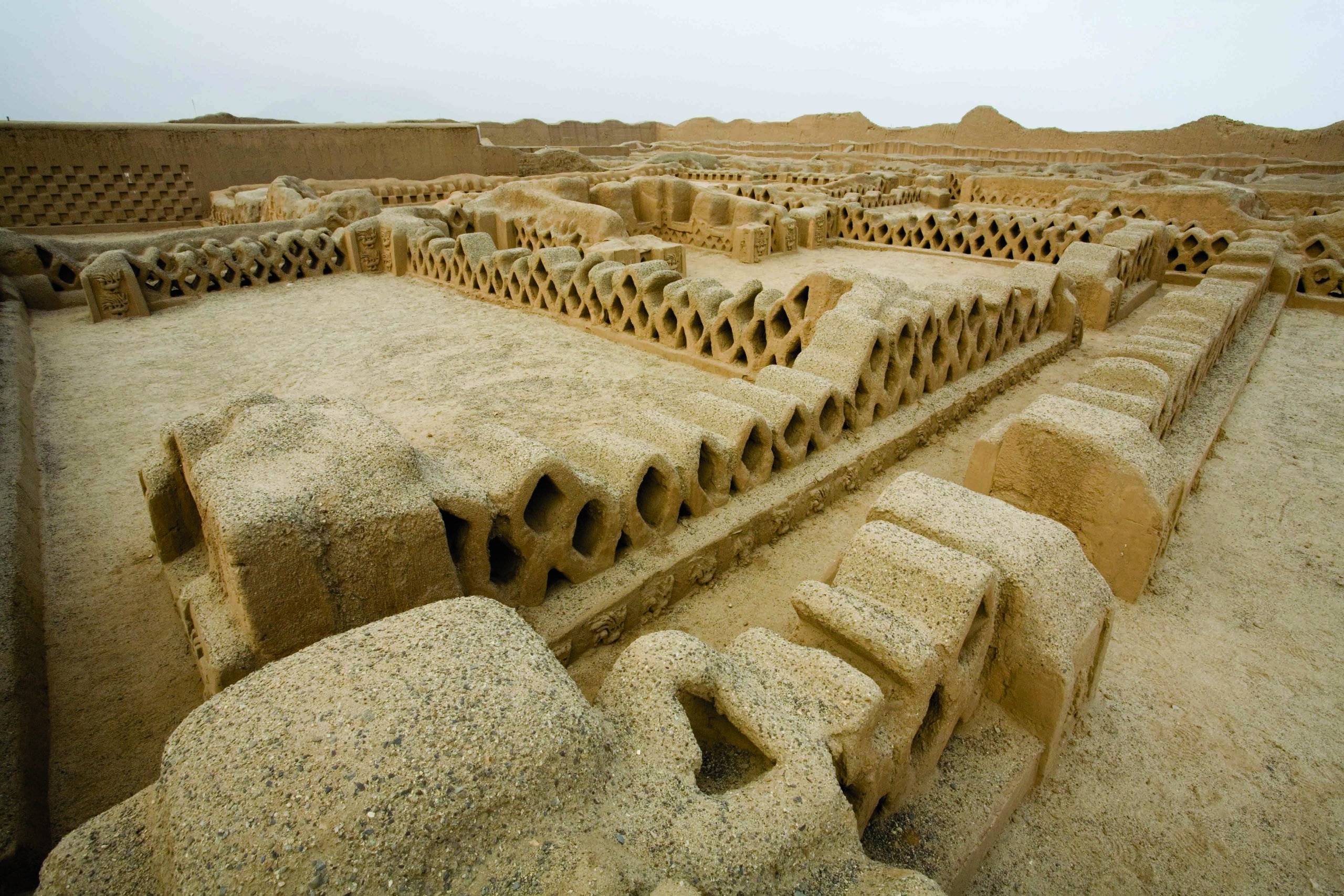 (Alamy)
(Alamy) -
Features
The Man in the Middle
How an ingenious royal official transformed Persian conquerors into proper Egyptian pharaohs
 (© The Trustees of the British Museum)
(© The Trustees of the British Museum) -
Features
Lost Roman Resort
In the Bay of Naples, miles of ruins recall the splendor of ancient imperial holidays
-
Features
Reusing the Past
Archaeologists discover how an embattled Assyrian king fortified Nineveh
-
Features
Rituals of the Cattle Raiders
Rock art in the mountains of South Africa tells the story of how the Khoe and San peoples resisted enslavement

Letter from the American Southeast
Letter from the American Southeast
Spartans of the Lower Mississippi
Unearthing evidence of defiance and resilience in the homeland of the Chickasaw

Artifact
Artifacts
Greek Kylix Fragments
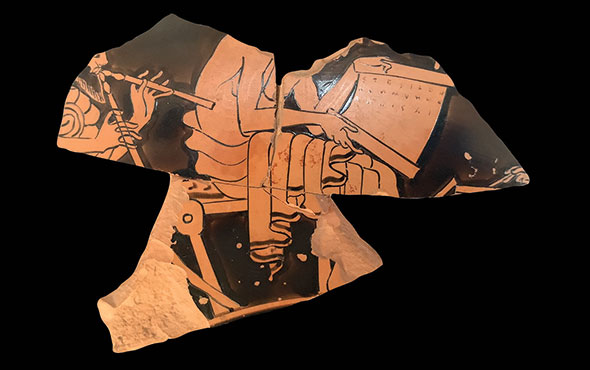
Digs & Discoveries
-
Digs & Discoveries
The Beauty of Bugs
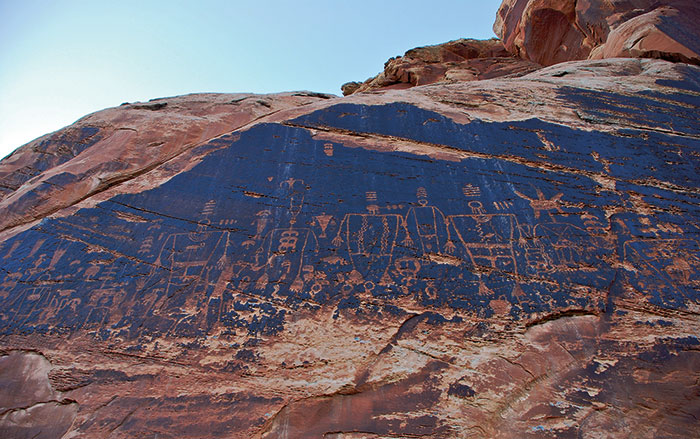 (Michael Terlep)
(Michael Terlep) -
Digs & Discoveries
The Road to Runes
 (Alexis Pantos/Museum of Cultural History/University of Oslo)
(Alexis Pantos/Museum of Cultural History/University of Oslo) -
Digs & Discoveries
German Wishing Well
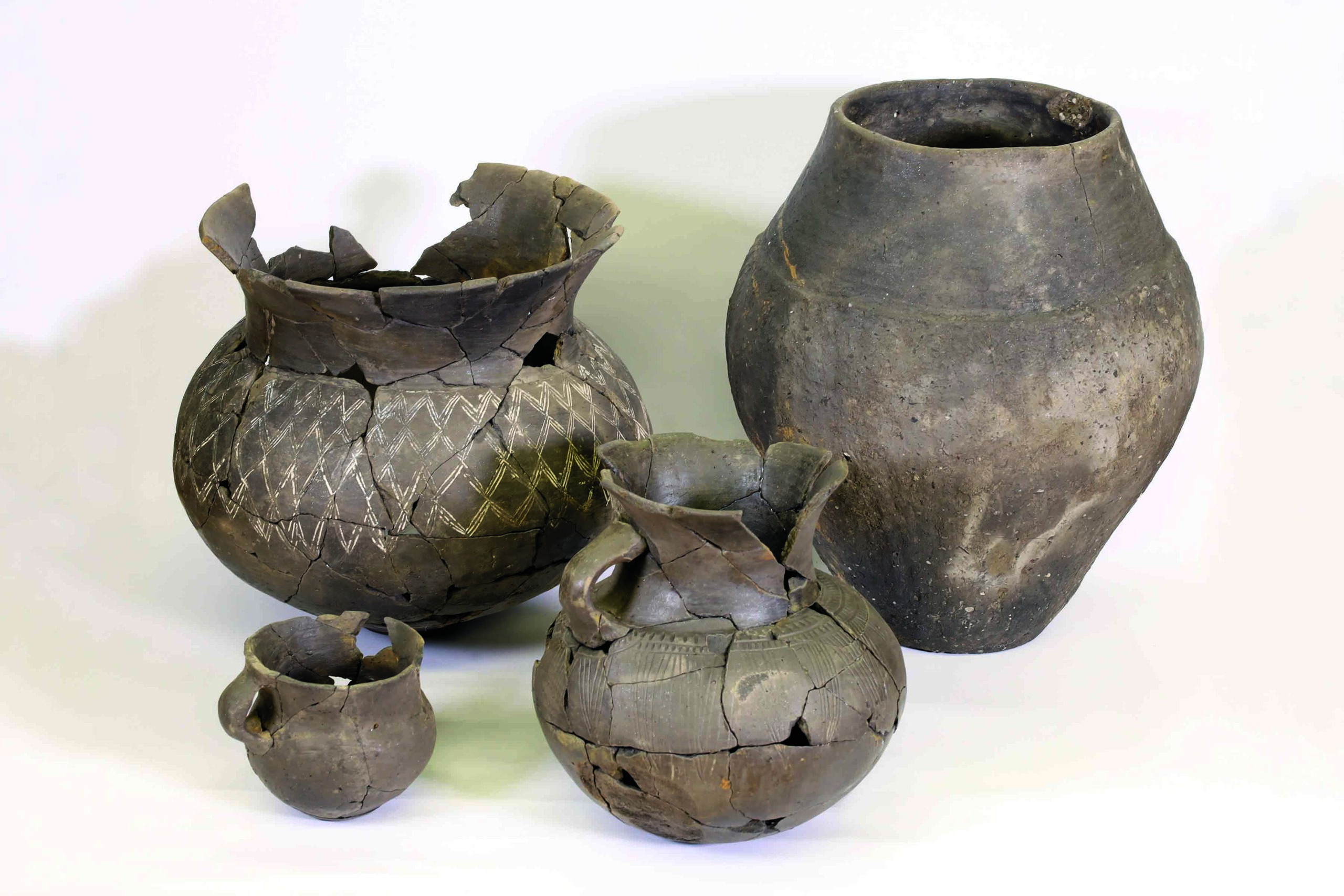 (Marcus Guckenbiehl/Bavarian State Office for Monument Protection)
(Marcus Guckenbiehl/Bavarian State Office for Monument Protection) -
Digs & Discoveries
Bon Appetit!

-
Digs & Discoveries
Maya Monkey Diplomacy
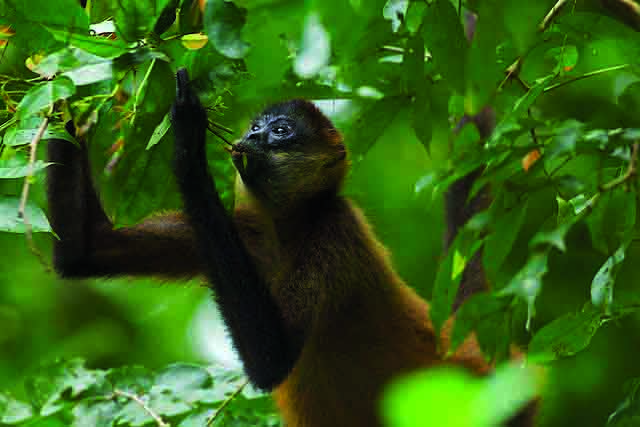 (N. Sugiyama/Project Plaza of the Columns Complex; Wikimedia Commons)
(N. Sugiyama/Project Plaza of the Columns Complex; Wikimedia Commons) -
Digs & Discoveries
Prescription Bottle
 (Courtesy Justin Bradfield)
(Courtesy Justin Bradfield) -
Digs & Discoveries
Silk Road Detour
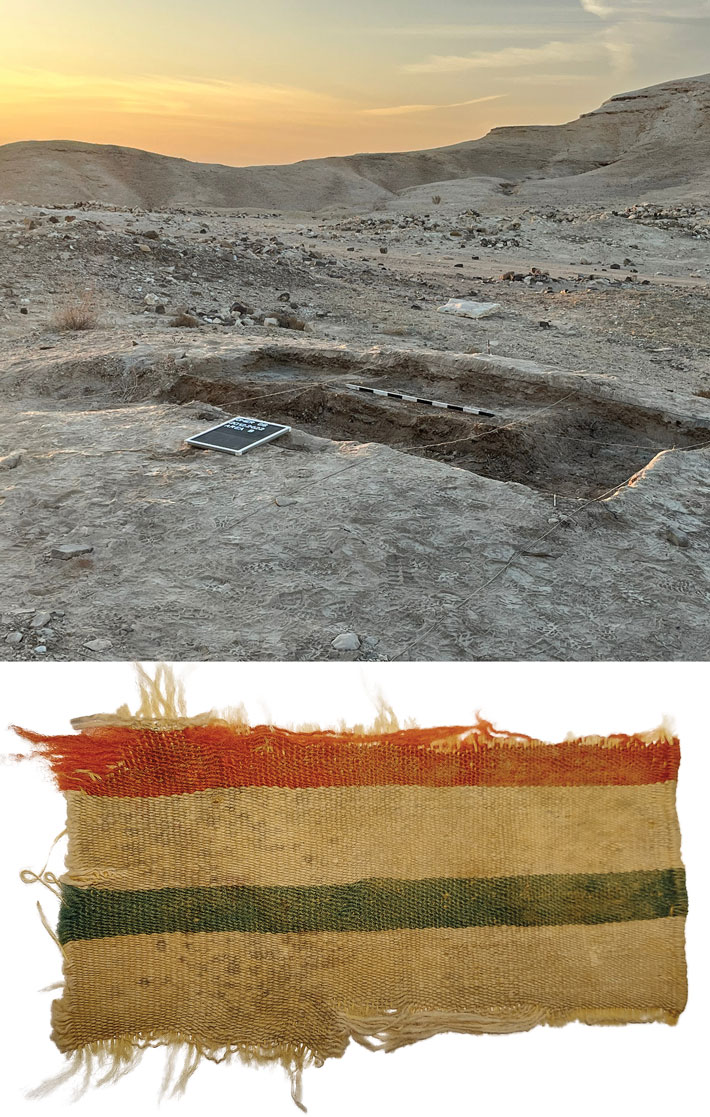 (Courtesy Guy Bar-Oz)
(Courtesy Guy Bar-Oz) -
Digs & Discoveries
Update: Notre Dame’s Nobility
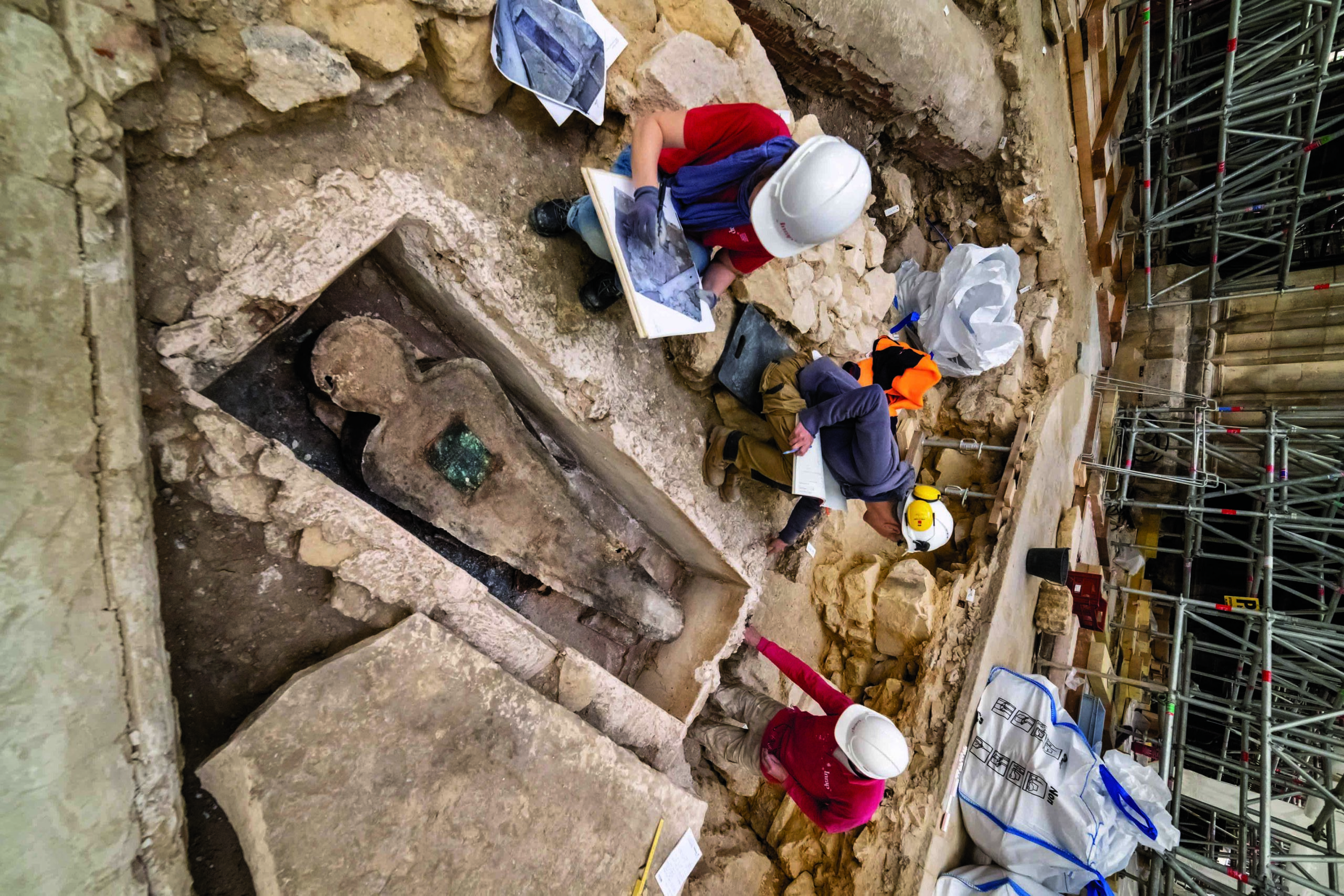
-
Digs & Discoveries
Neolithic Mass Grave Mystery
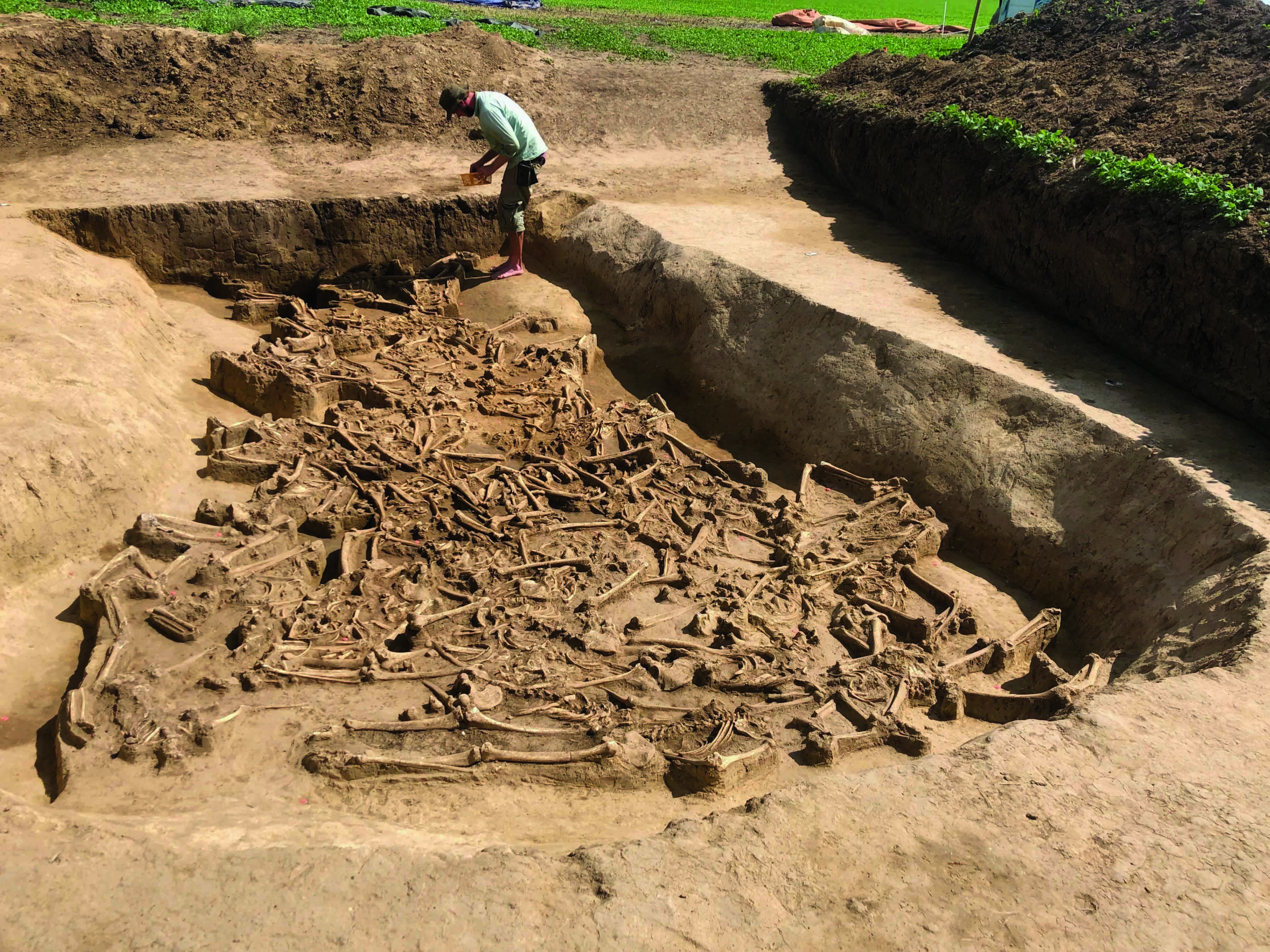 (© Prof. Dr. Martin Furholt, Institute for Pre- and Protohistoric Archaeology/Kiel University)
(© Prof. Dr. Martin Furholt, Institute for Pre- and Protohistoric Archaeology/Kiel University) -
Digs & Discoveries
Taking the Stage
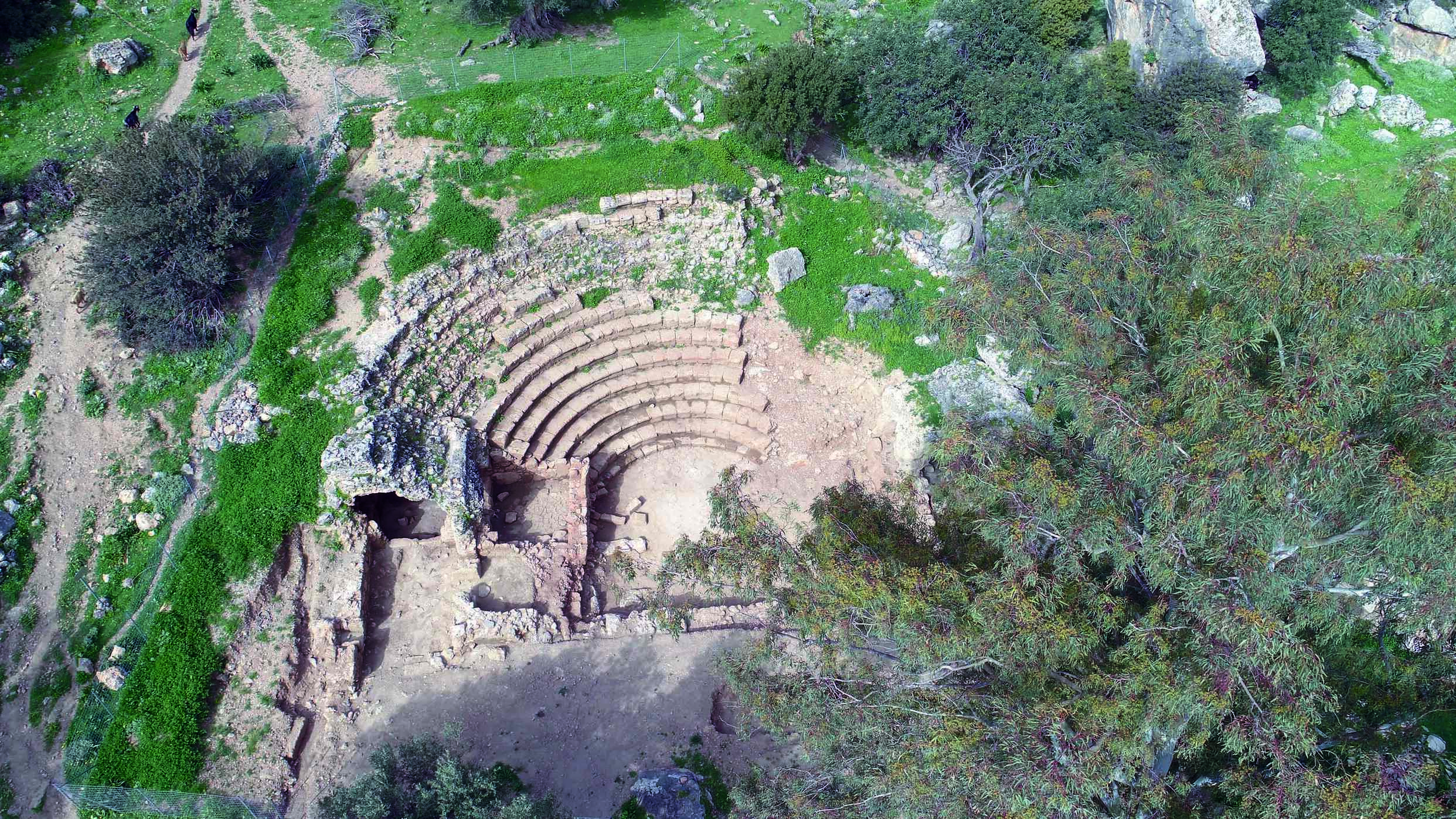 (Hellenic Ministry of Culture and Sports/Hellenic Organization of Cultural Resources Development)
(Hellenic Ministry of Culture and Sports/Hellenic Organization of Cultural Resources Development) -
Digs & Discoveries
The Sea God's Sanctuary
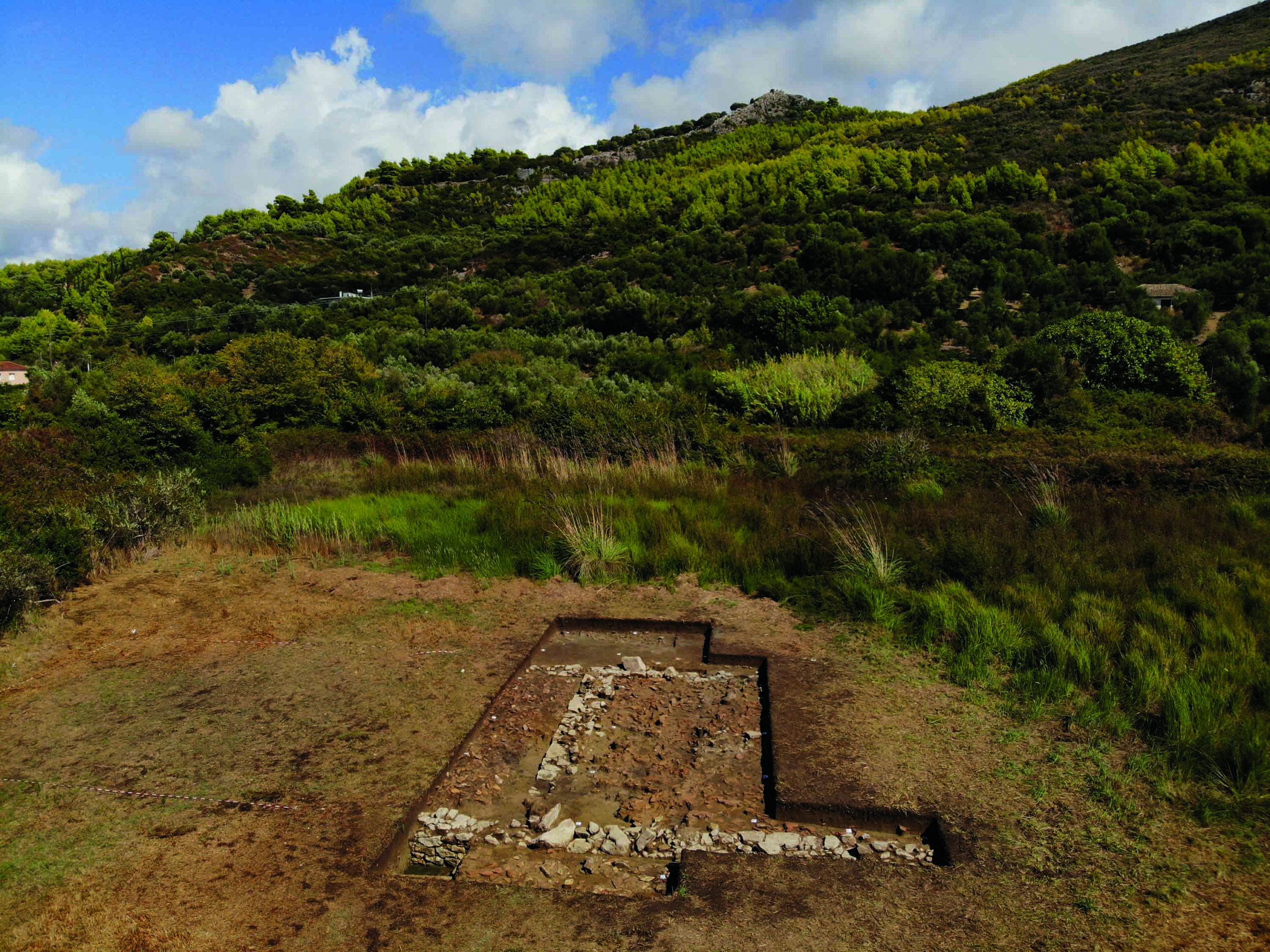 (© ÖAW-ÖAI)
(© ÖAW-ÖAI) -
Digs & Discoveries
More Images From Digs & Discoveries
Off the Grid
Off the Grid May/June 2023
Ven, Sweden
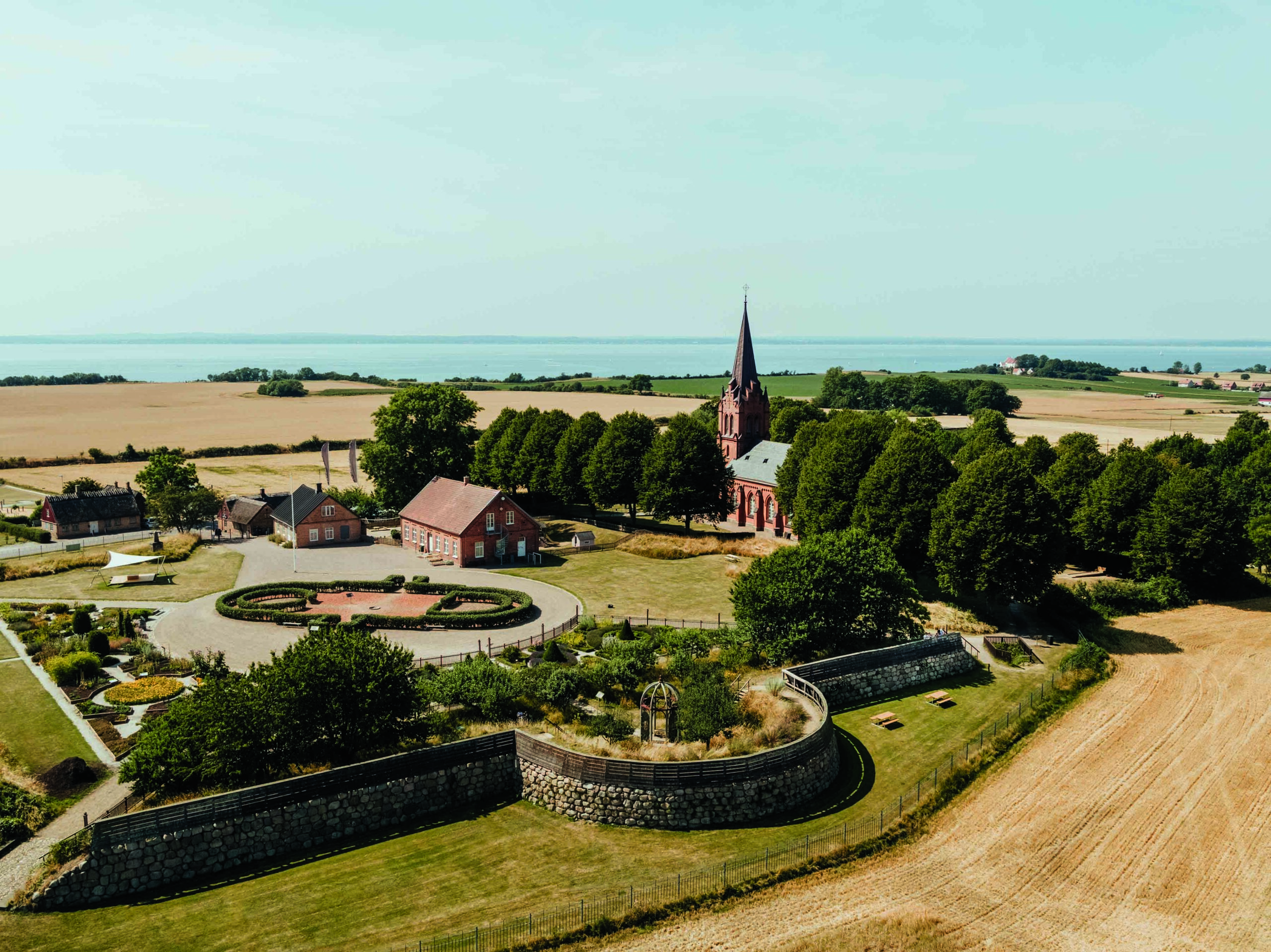
Around the World
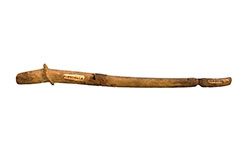
VIETNAM

VIETNAM: A 13-inch-long piece of antler found 30 years ago at the site of Go O Chua in the Mekong Delta may be part of the oldest stringed instrument discovered in Southeast Asia. The 2,000-year-old antler, either from a sambar deer or an Indian hog deer, was originally thought to be just a well-preserved ancient organic object. However, recent analysis revealed an unusual round hole at one end. The small aperture was made deliberately and likely once held a peg used to tune the single string of what is known as a chordophone instrument.
Related Content
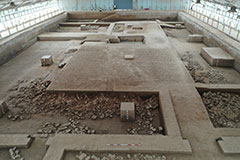
CHINA

CHINA: The ruins of the sprawling ancient palace at Yueyang in the city of Xi’an attest to the lavish life its royal residents led when the city was an important capital during the late Qin and early Han Dynasties, between 2,400 and 2,200 years ago. The residents also seem to have had an extravagant luxury item: a flushing toilet, among the oldest ever discovered. The indoor lavatory was connected to the palace’s exterior with a pipe so the toilet could be flushed by servants pouring water through it.
Related Content

ZIMBABWE

ZIMBABWE: One mystery surrounding the earliest city in southern Africa appears to have been solved. Great Zimbabwe, from which the modern country takes its name, flourished from the 12th to 15th century A.D. as the capital of the Kingdom of Zimbabwe. Given the area’s susceptibility to drought, scholars have wondered how the city’s inhabitants were able to obtain enough water to sustain themselves. A new survey uncovered a series of depressions outside the city called dhaka pits that were used to store water in the dry season as part of an ingenious water management system.
Slideshow: Italy's Underwater Sculpture Garden
The town of Baiae in southern Italy was a playground for ancient Rome’s rich and famous, until it slowly sank to the bottom of the Gulf of Pozzuoli. For the past four decades, archaeologists have explored the ruins of the town’s grand villas, including a nymphaeum in which once stood marble statues of gods, heroes, and members of the imperial family. The original statues have been moved to a local museum to preserve them, and today, divers can visit the site and see replicas of the statues.

